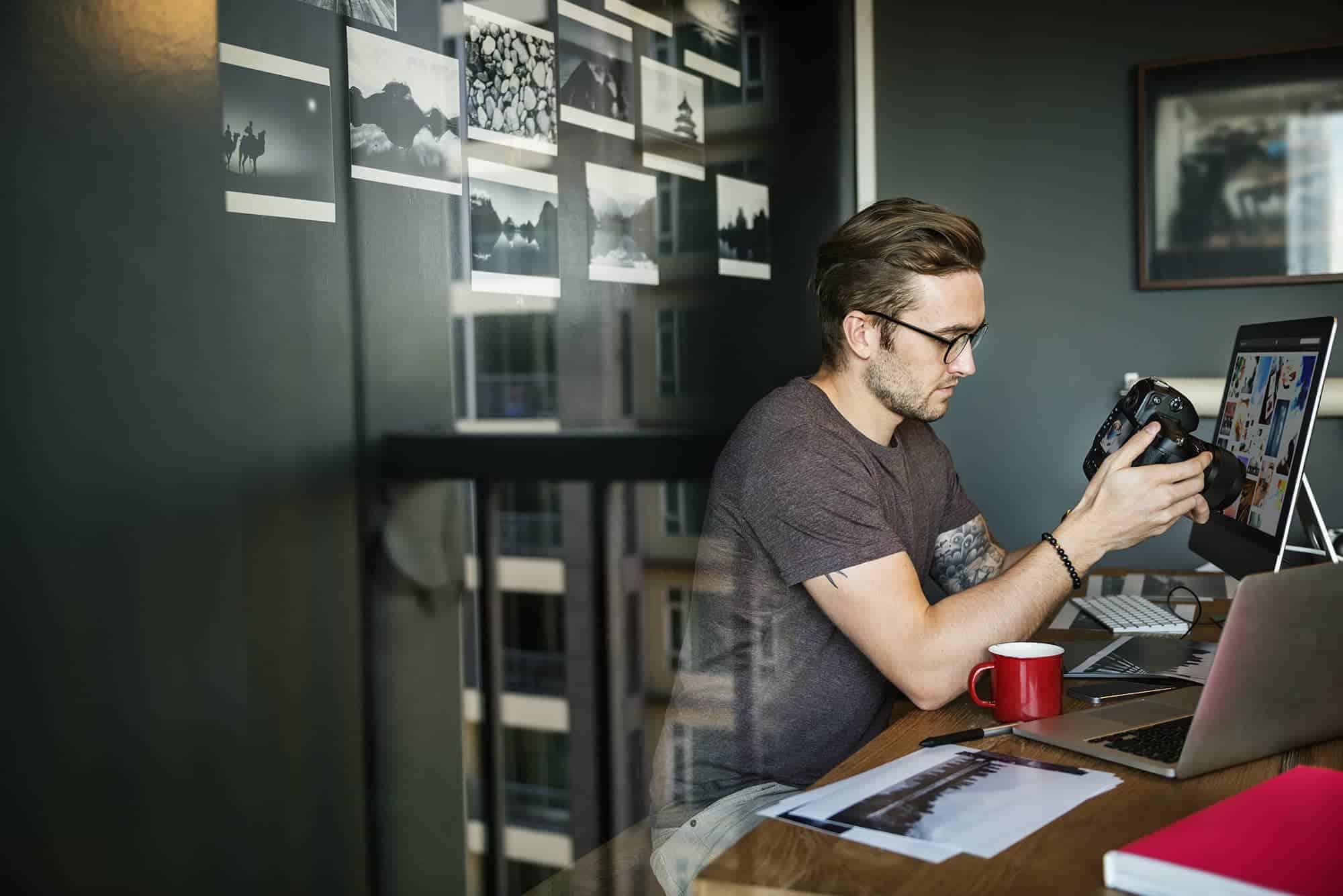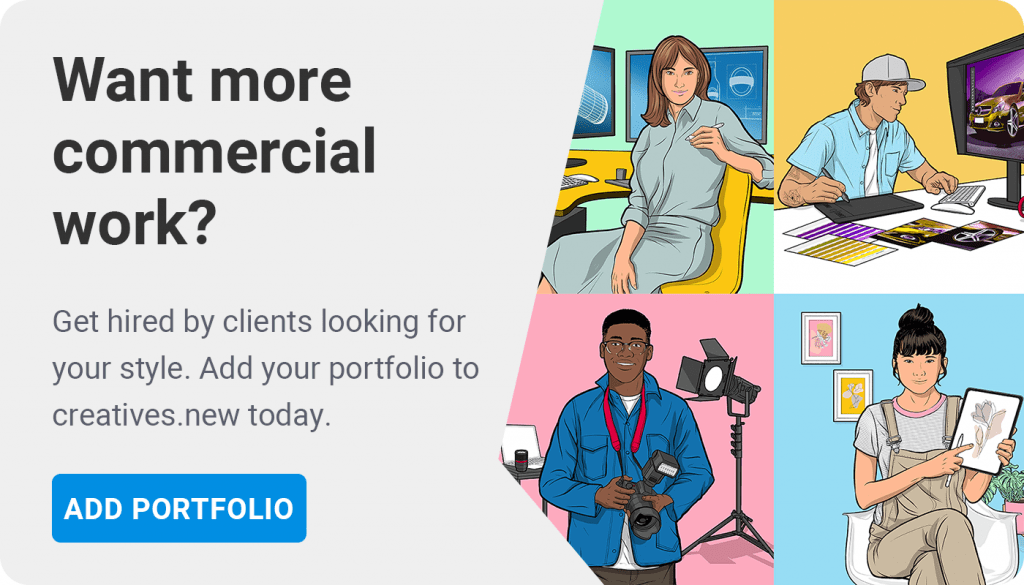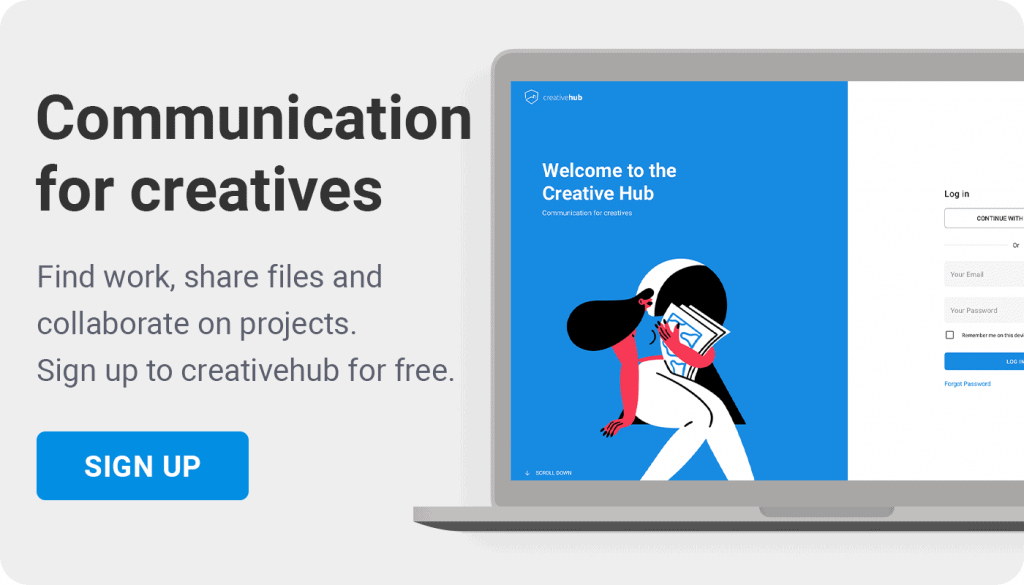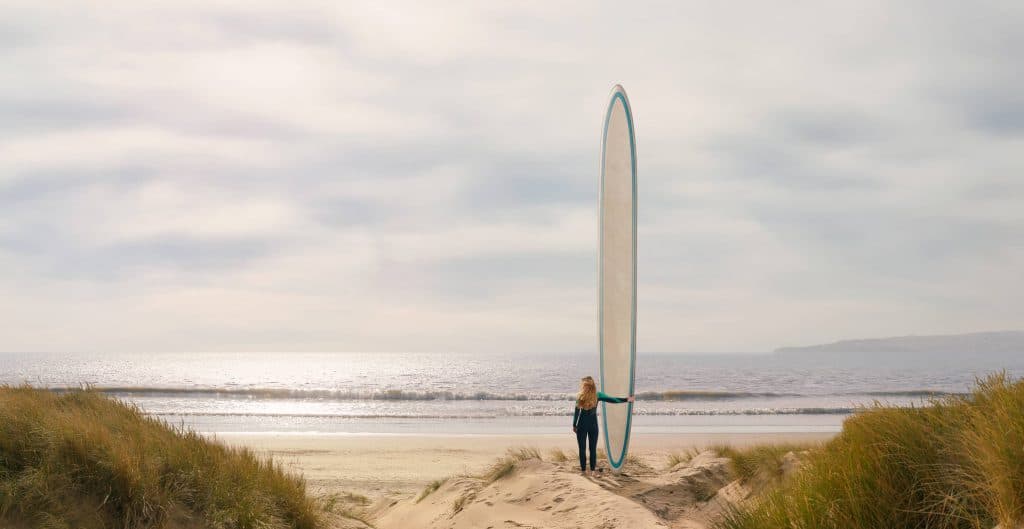Robert Bullivant is a fine art printer and photographer based in the American midwest. He is the owner of Bullivant Gallery and Consulting. His unique workflow, trademarked Esattezza Arte® which means “exactitude” in Italian, is sought after by collectors and museums. His prints have been sold to collectors in more than 60 countries and have hung in museums such as the Guggenheim Museum in Bilbao Spain.
Robert began as a commercial photographer in Chicago, Illinois specialising mostly in food advertising. His clients have included Sony, Hewlett-Packard, United Airlines, McDonalds, Kraft, Purina, Microsoft, Audi, Kellog’s, and Anheuser-Busch. He continues to pursue personal photographic projects while consulting and guest lecturing on printing, colour management, and workflow.
We talked to Robert about the importance of the creative portfolio and how to create a successful commercial portfolio.
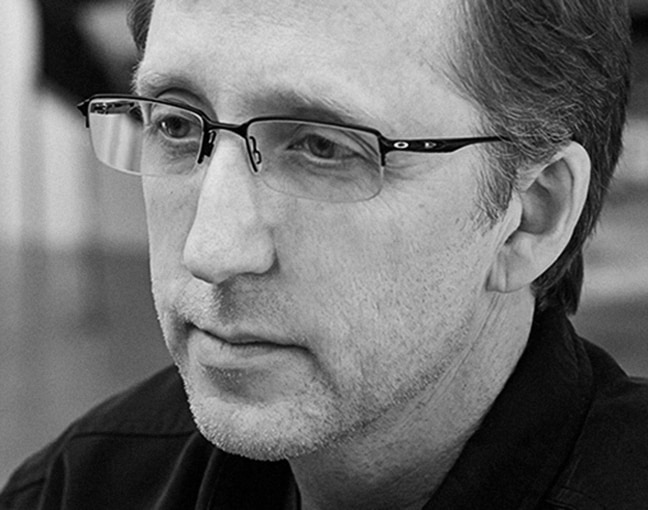
What do the people looking at creative portfolios want to see?
They want to see your best work. When an art director looks at the images, they look for the worst image. This is what they might see on the job.
There is a lot of content created. They have a lot of choices. They can hire a photographer, get a stock image, go shoot it themselves or have a neighbour do it.
They are asking the question: “Why should I hire you?” You might be able to take a decent picture, but nothing that wows them. The amount of content created every day is so much more than 25 years ago. They are looking for work that they can recognise as inherently you.
There’s been a reset in industry. In the past, you couldn’t go to Best Buy and pick up a few things and think you were going to be a professional photographer. There was a steep learning curve and it required a lot of money to be a professional photographer. You had to be able to shoot really well because there was no fixing things when you got home. Accessibility has changed everything in the commercial world.
A portfolio shows your work in a certain industry. If you want a certain kind of work, that’s the kind of work you need to show. You need to shoot those things and shoot a hell of a lot of those things. You need to develop a unique style that no one else is doing.

There’s a certain amount of copying and emulation that happens. This is a great place to start to increase your technical skill. You’ll find a photo online and say, “That’s cool. I want to do something like that.”
But then you have to find your own road. Find your own style and define it. Someone should be able to pull up a random image and be able to tell it’s yours by the way it’s lit or composed or whatever. Find your style and really develop it.
The danger is in trying to do too many things that are not related. You need to really go for something and forget about the other stuff. There’s competition. If you’re not “best in category” than hard for you to get noticed.
The artists who are selling images are pretty defined in their genre and style. May do some other stuff, but they sell what they are known for.
How can you make a strong creative portfolio?
Throw away about two-thirds of your images. Show only your strongest work. If it’s not a great image, it doesn’t belong in there.
If you’re starting out and have only eight really great images, show only eight. You’re saying, “This is what I’m capable of.” Don’t throw everything in to see what sticks. This is gambling. Portfolios show your best work, but they also show what your aesthetic values are.
It’s so hard to get your portfolio in front of the right people. If you’re lucky enough to be able to show your work, you need to impress. It’s like the music industry. Musicians work hard to get in front of the right people and do a demo. They get one shot. If they don’t kill it, they’re done.
Many photographers don’t know how to edit their own work. It’s almost impossible to be object about your own work.
Work with someone who has a great design sense. Probably not a best friend, your neighbour, or family member. Find someone with long history in professional design. A lot of people use Instagram. They throw up images and see what sticks. If this image gets more likes, it must be better. Show your work to someone who can give you good feedback on what is both technically and aesthetically good. Too many artists work in vacuum. Find the right people to give you advice.
In the old days, artists would advertise in the Black Book. These were big catalogs that came out once a year a 2-page spread could cost $15,000. It was important for each artist to ask, “What’s going to make my page stand out?”
Should you have different portfolios for different situations?
It’s a good idea to have different portfolios for different situations. Keep each portfolio on point and really specific. If you’re showing food, don’t include a photo of a motorcycle.
You can have multiple portfolios focused on different subject matter. Think of sub-divisions in your work. You can sub-divide by how the images are lit or location. Images of Venice can be a portfolio, but within Venice could be people shots and building shots.
There’s more of a need to be versatile in a smaller market. In a bigger market, you can be more specialized. There’s a danger of spreading yourself too thin. There’s too much competition. Without a really defined look, you’re going to get lost.
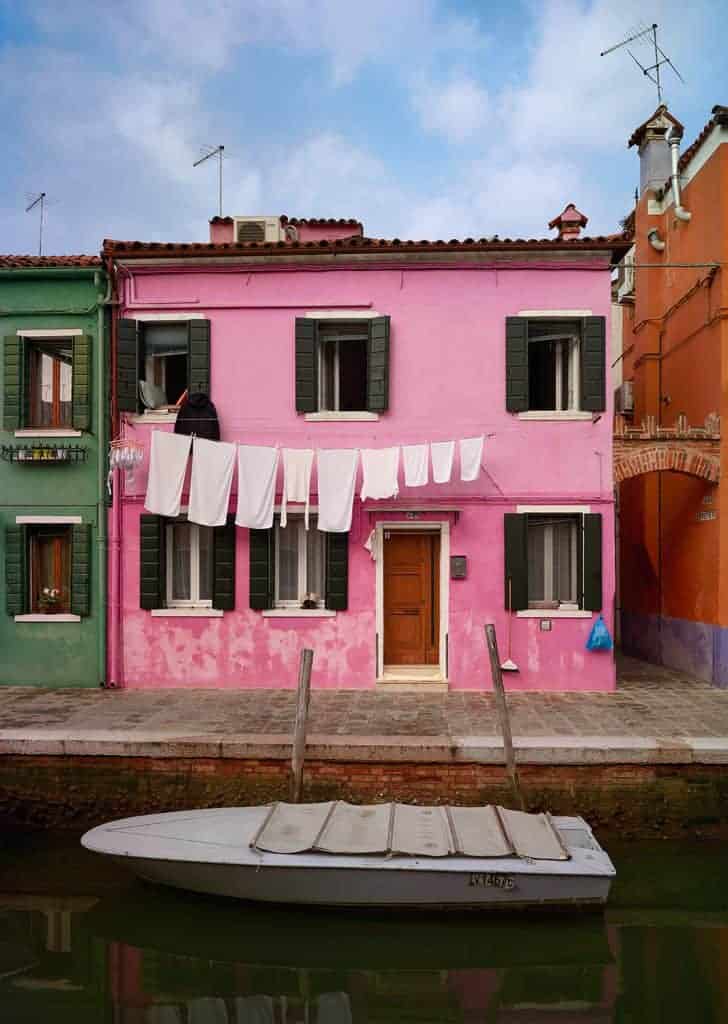
How should you present your portfolio online & offline?
Presenting your portfolio electronically is pretty acceptable now adays. Even in person. Lots of people show their portfolios on iPads.
Show your portfolio in the medium that makes the most sense. If you’re applying for a print medium, then show a printed portfolio. If your images will be seen online, then show electronically.
Make sure your images are technically excellent. Make them sharp where they need to be sharp and show shadow detail. They shouldn’t look like you’ve shot it with a 10-year-old iPhone.
Convert images to sRGB colorspace – that’s what most browsers use. It’s possible for digital images to have too much resolution. They can take longer to load and can look soft or weird online.
When printing a portfolio, make it look top-notch. A printed portfolio is very tactile and can tap into emotions that an online search engine can take out.
What traits do the most successful photographers have in common?
Most successful photographers are ridiculously driven to do what they want to do. They are relentless in pursuit of their passion. This applies to anyone in arts. Successful photographers are willing to make sacrifices of time, of money. They give it their all. If you don’t, 100 other people will.
They know what they’re good at and know where they want to go. Define what your destination is. You’re never going to get there if you don’t have a plan. If you want to go to LA, ok but where are you right now? Philadelphia? New York? I can’t help you if don’t know where you are. Have an aesthetic plan for your work and have a business plan.
Some people try hard at things, but they just don’t have it for whatever reason. Find something else you’re really good at.
You have to ask yourself if you going to be happy not making that much money for most of your life. An artistic lifestyle is pretty tricky. It’s a lot like basic training. Most of it isn’t going to be fun.
Photography can be done and enjoyed at all levels. For a lot of people doing it for enjoyment is better than doing it professionally. There is no disappointment then.
Accompanying photography © Robert Bullivant
